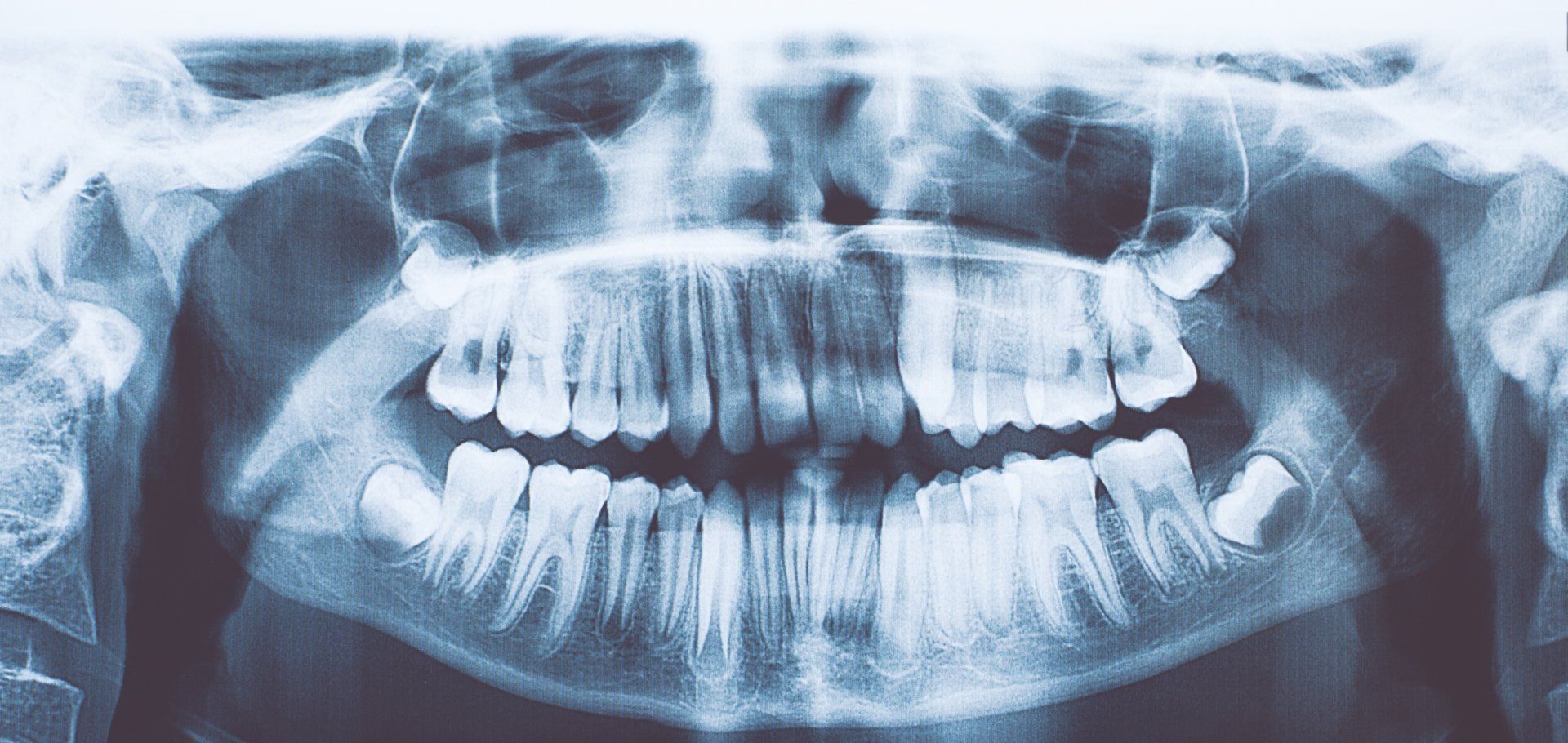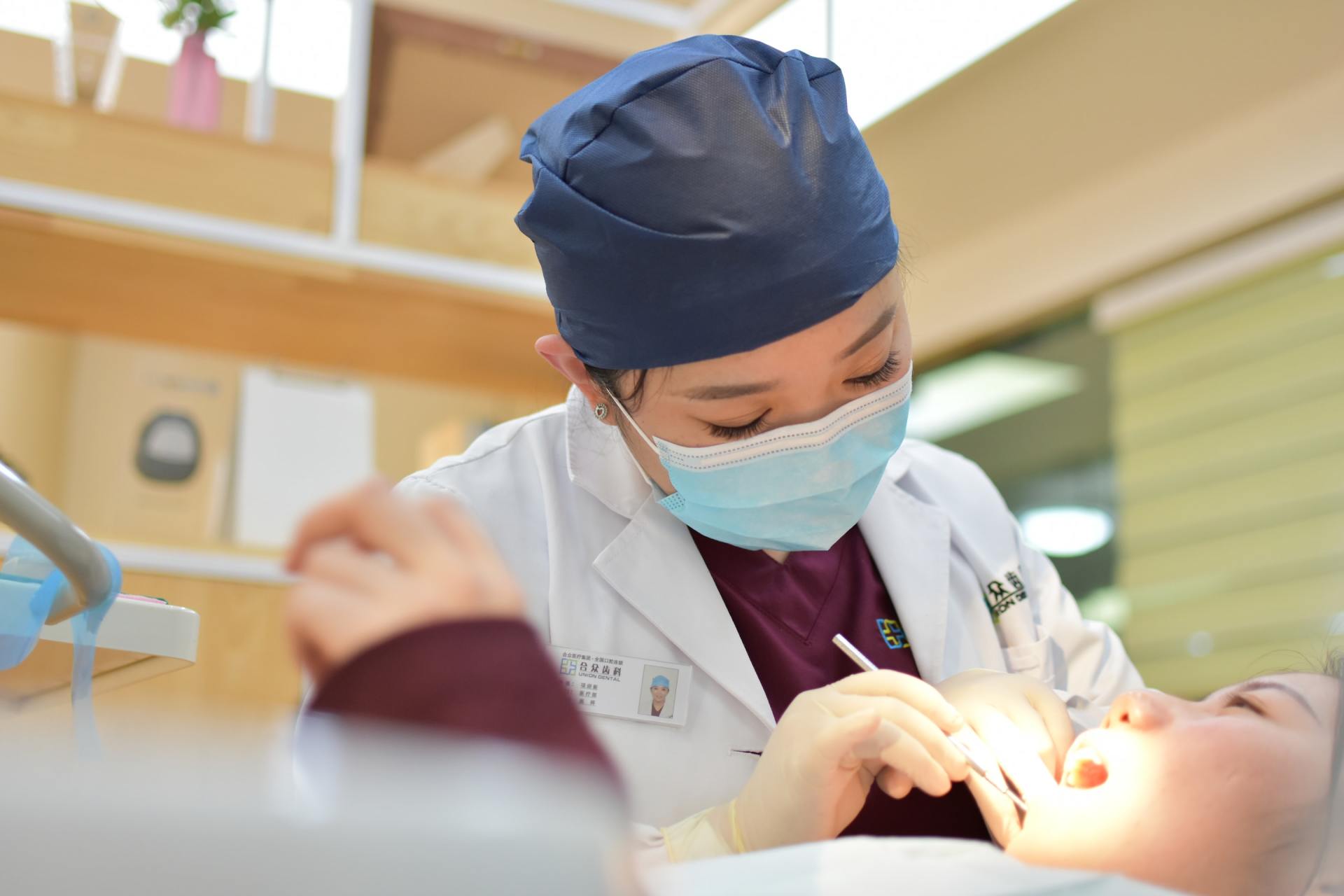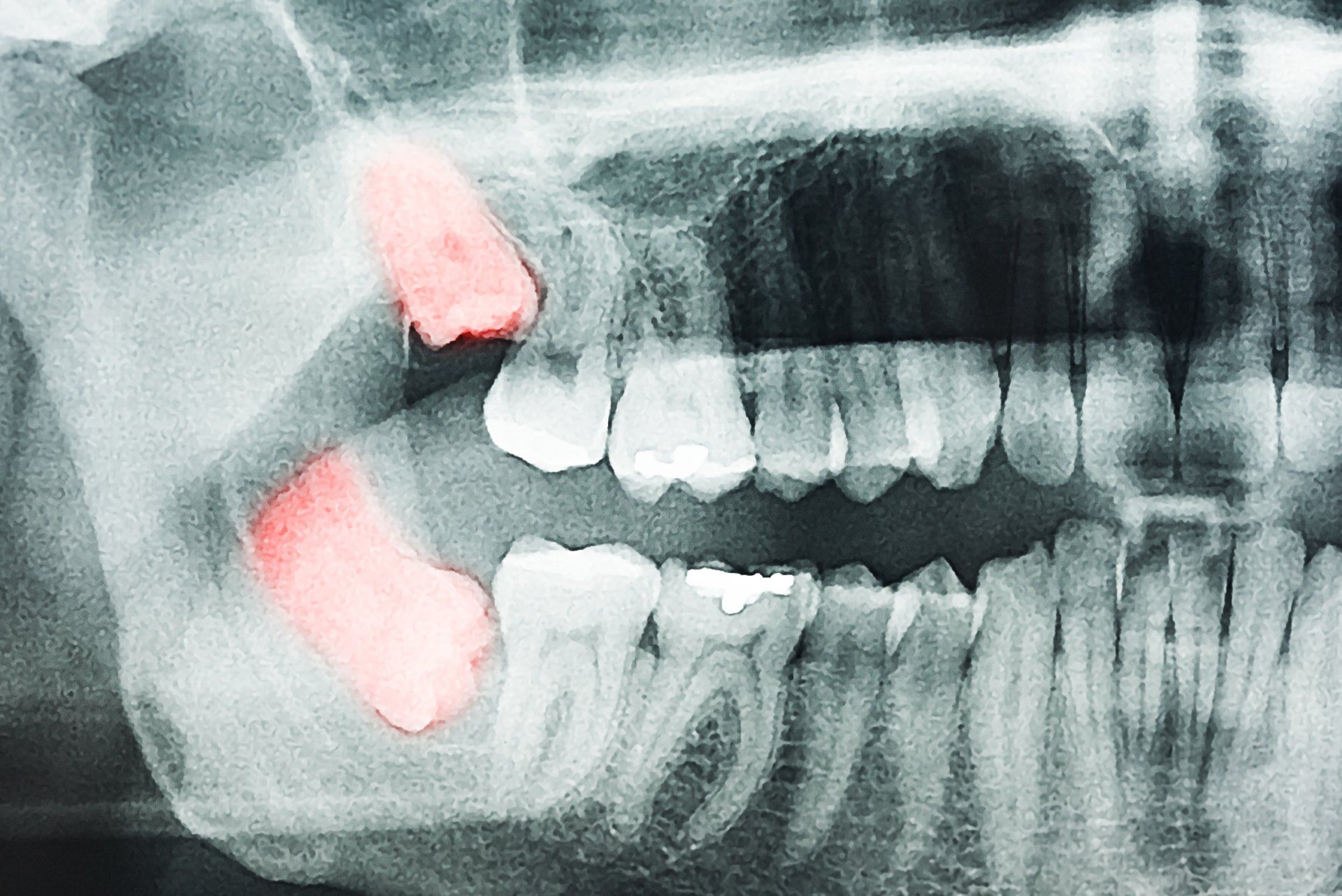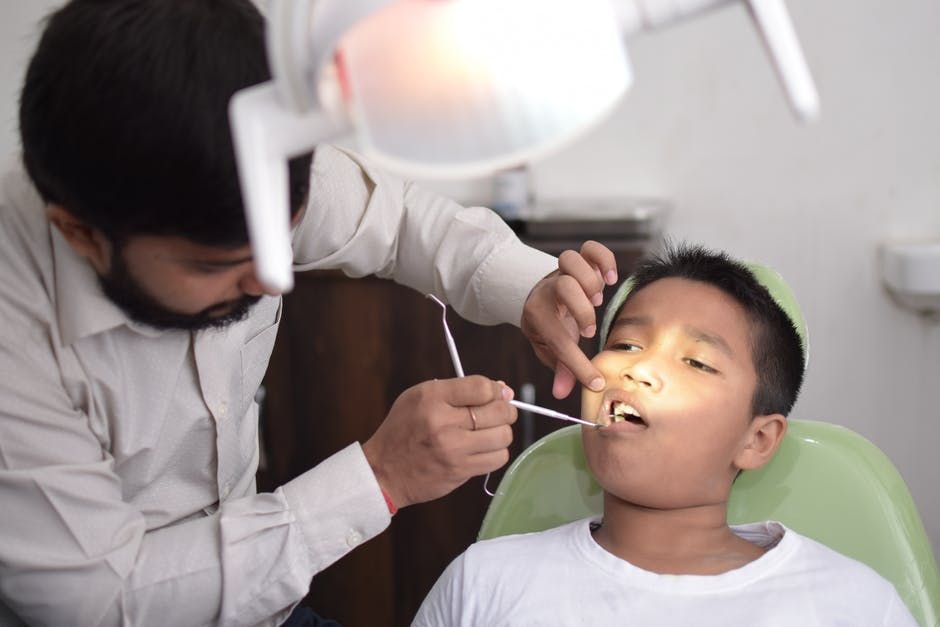Digital X-Rays in Mississauga and Stoney Creek
What are digital x-rays? They are the latest, fastest, safest way to take dental x-rays.
X-rays are a vital tool in the fight against dental diseases. They allow dentists to see things they cannot see with the naked eye, like in between the teeth and below the gumline.
Digital x-rays allow a dentist to diagnose decay in the early stages, helping patients reduce the risk of developing costly, painful dental conditions like deep decay, recurrent decay, and gum disease.
How Digital X-Rays Are Done – What Is the Process?
Digital x-ray steps are fairly straightforward.
The dental assistant or hygienist will drape the lead apron over the patient.
The assistant will cover the digital x-ray sensor in a plastic barrier for infection control
The assistant places the sensor in the patient’s mouth
Next, the assistant will go behind a protective wall to reduce their own exposure and press the capture button on the x-ray unit
The sensor sends the image to a laptop or computer
The x-rays are properly mounted and stored in the patient’s digital file
Depending on the needs of the patient at that appointment, the number of x-rays taken will range from one (we take a single periapical x-ray – which shows the tooth, root, and bone – for emergency patients) to 20 (a full series of x-rays). Typical dental check-ups require four bitewing x-rays to evaluate the posterior teeth for interproximal decay (decay between the teeth).
Digital X-Rays Explained: FAQs
We understand that our patients want to catch decay early but worry about the effects of exposure to x-rays. Therefore, we are happy to sit with them and discuss all their concerns and answer all their questions. Here are some of the most common questions we get about digital x-rays.
Types of X-rays
When patients visit their dentist, they will hear the dentist ask their assistant to take bitewing, periapical, or panoramic x-rays, or a complete set. What are the differences?
- Bitewing x-rays: A set of bitewing x-rays consist of four images. They show the molars and bicuspids. A dentist will ask for these digital x-rays to see in between the posterior teeth to evaluate for dental decay. Bitewing x-rays are the x-rays patients most often get at their regular check-up appointments.
- Periapical x-rays: If a patient is experiencing any sensitivity or pain, a periapical x-ray is taken. It shows the crown of the tooth (the part of the tooth that can be seen in the mouth), as well as the root and surrounding bone. A periapical (PA) image allows the dentist to check for bone loss, a cracked root, cysts, jawbone anomalies, and infections.
- Panoramic x-rays: Like a panoramic photograph, a panoramic x-ray is a long, horizontal x-ray that shows your entire mouth, including the teeth, jawbones, sinuses, and jaw joints. All dentists can utilize this type of x-ray for diagnostic purposes. However, orthodontists and oral surgeons use them most often as the images allow them to see how the jawbones/jaw joints and teeth align and evaluate for impacted wisdom teeth.
- A complete set of x-rays: A full set of digital x-rays consist of bitewing and periapical images. The bitewings show in between the back teeth. The individual periapical images show the roots of both anterior and posterior teeth. Depending on the number of teeth a patient has and the size of their mouth, a complete set consists of 14 to 20 images.
- Occlusal x-rays: Occlusal (bite) x-rays help a dentist evaluate the development of a patient’s teeth in an entire arch. An x-ray is taken of the upper arch and one of the lower arch. The x-rays help orthodontists, and pediatric dentists see if there are any impacted adult teeth and determine if a patient will experience crowding or crooked teeth.
X-Ray Frequencies
The frequency with which a patient needs x-rays depends on their unique needs. Patients with a history of rampant decay will likely need images more often to help their dentist catch any issues as quickly as possible. However, the typical frequency for healthy patients is as follows.
- Bitewing x-rays: six months to a year
- Full mouth set of x-rays: every three to five years
- Panoramic x-rays: as needed
- Periapical x-rays: as needed
Digital X-Rays Near Me – Finding a Digital X-Ray Dentist
Wondering where to get digital x-rays? Look no further! Daas Family & Cosmetic Dentistry now has two locations. Patients can receive a comprehensive examination, digital x-rays, and a dental cleaning at our offices in Stoney Creek or Mississauga.
We understand that life is busy, and our patients have a lot on their plate. Our goal is to make dental visits more convenient, and having two offices helps us achieve that.
Has it been a while since you have seen a dentist? Contact our team today to schedule your new patient appointment.
A Monthly Blog to Keep Up with Your Dental Health






